The Christmas season is right around the corner, and for toy retailers that’s generally the make or break for their entire year. It’s been estimated that Toys ‘R’ Us (Wayne, N.J.), once the nation’s leading toy seller, does more than 40 percent of its annual business in the fourth quarter of the year.
But Toys ‘R’ Us is no longer the leading toy retailer in the nation. It lost the top spot earlier this decade to Walmart, which gobbled up the toy sector – much as it had so many other product sectors – with lots of locations, low prices, broad selection and grab-and-go merchandising.
However, Toys ‘R’ Us is fighting back, with a new strategy that could prove to be brilliantly successful – or a desperate final chapter of its toy story. Under the aggressive leadership of chairman and ceo Gerald Storch, the former industry leader opened temporary pop-up stores in 80 malls around the country in the fall (as well as adding temporary toy departments to 270 of its Babies ‘R’ Us stores). The shops were opened in mid-October and will operate into January.
The pop-up idea is reminiscent of the strategy Target Corp. has been employing for several years, launching temporary retail sites during New York’s fall Fashion Week so it could get a foothold into (and an identity with) the fashion apparel market without investing deeply in the city’s costly real estate market. Not surprising, perhaps, that Storch is a former Target executive.
“How brilliant is that?” says Lee Peterson, vp, creative services, for WD Partners (Dublin, Ohio). “If malls are still viable at all, it’s during the holidays. And there are lots of empty spaces these days that mall owners are anxious to fill. So Toys ‘R’ Us acquires available locations (probably at a discount), crams in its best sellers for one quarter, takes advantage of the holiday traffic and then moves out after the season with no further commitment. It’s a safe bet.”
And the temporary spaces in the still-flourishing Babies ‘R’ Us stores give the company control to move into and out of spaces it already owns.
Advertisement
Furthermore, the competition in the malls will be limited this year. KB Toys, the industry’s second-biggest retailer – and largest mall-based toy retailer – filed for bankruptcy last December, right in the midst of the 2008 Christmas shopping season. In fact, Toys ‘R’ Us acquired the KB Toys’ brand name, logo, web site addresses and other intellectual property in August at auction for $2.1 million. (A Toys ‘R’ Us spokesperson says the effort “was a pre-emptive move to ensure that the brand did not fall into the hands of a competitor or a competitor-to-be.”) Earlier in the year, Toys ‘R’ Us had acquired another big-name competitor, FAO Schwarz, which had been in bankruptcy. That legendary retailer now operates just two U.S. stores, the Fifth Avenue flagship in New York and a Las Vegas store at The Forum Shops.
The pop-up stores and industry acquisitions are not the only arrows in Storch’s quiver. Earlier this year, Toys ‘R’ Us began adding snacks and other consumables to the front of its stores, to bolster its image as a one-stop shop for families. An odd combination, until you consider that 20 years ago, no one would have thought about buying milk in a Walmart store. “For Walmart, putting milk in the back of its stores turned into a $210 billion-a-year business,” says Peterson.
As for Walmart, it isn’t standing still. Earlier this fall, it announced a new strategy called Project Impact, a massive store and strategy remodeling effort with the goals of cleaner, less-cluttered stores; an improved shopping experience; upgraded customer service; and, according to Time magazine, zeroing in on categories where “the competition can be killed.” Walmart has reportedly identified toys as one of its “win” categories, where it can sell a lot of merchandise with simple, clear aisle displays emphasizing its low prices.
Walmart also expanded its successful holiday toy strategy from last year, when it sold 10 popular items for $10 each. This year, it is offering more than 100 toys at the $10 price tag, including Barbies and Transformers. “What we learned from last holiday was that price mattered more than ever,” Laura Phillips, Walmart’s vp, toys, told Reuters News Agency.
“[Walmart has] knocked out four of the top five toy retailers and is now going after the last one standing,” retail consultant and veteran Walmart watcher Burt Flickinger III told Time. “Project Impact will be the catalyst to wipe out Toys ‘R’ Us.”
However, Walmart doesn’t see only Toys ‘R’ Us in its rear-view mirror. Sears has added permanent 1500-square-foot toy departments to 20 of its Sears stores nationwide, carrying both big and specialty brands. “This is to give parents a place to shop for toys in the mall since the closing of KB left a void,” Sears spokesman Tom Aiello told The Wall Street Journal.
Advertisement
Portland, Ore.-based hypermarket retailer Fred Meyer is also now devoting six to eight aisles and 2000 square feet in its stores to an upgraded toy section it calls Playville. And Target, the stylish rival Walmart can never quite ignore, has quietly moved past Toys ‘R’ Us to become the second-biggest toy seller in the land, with its usual formula of clearly merchandised departments, uncluttered aisles, well-edited shelves and innovative approaches. “Target has thrived on what is characterized as ‘creative play,’ ” says Ken Nisch, chairman of JGA Inc. (Southfield, Mich.), “going after children’s make-believe lifestyle: costumes, games, art items.”
Of course, while all the toy retailers are eyeing each other, they can’t take their eyes off the Internet, either. “Kids are so tech-savvy today, they know what they want and how to order it online themselves,” says Randy Sauer, senior associate at Mulvanny G2 Architecture (Portland, Ore.). “They watch TV, identify a product they’d like and rush over to their computer, all during a commercial break.” But, says Sauer, different rules prevail at Christmas. “The parents are already in the store,” he says, “perhaps on their weekly shopping trip. They know they need to buy Christmas presents and their kids aren’t with them. It’s a perfect time to pick up those things and hide them away until Christmas morning.”
It’s a sound formula, but how will it play out in this tough economy? “Christmas toys were always considered recession-proof,” says WD’s Peterson. “We’ll see. I don’t think consumers are quite yet out of the recession mentality, but if there’s one thing they’ll spend on in the fourth quarter, it’s toys.”
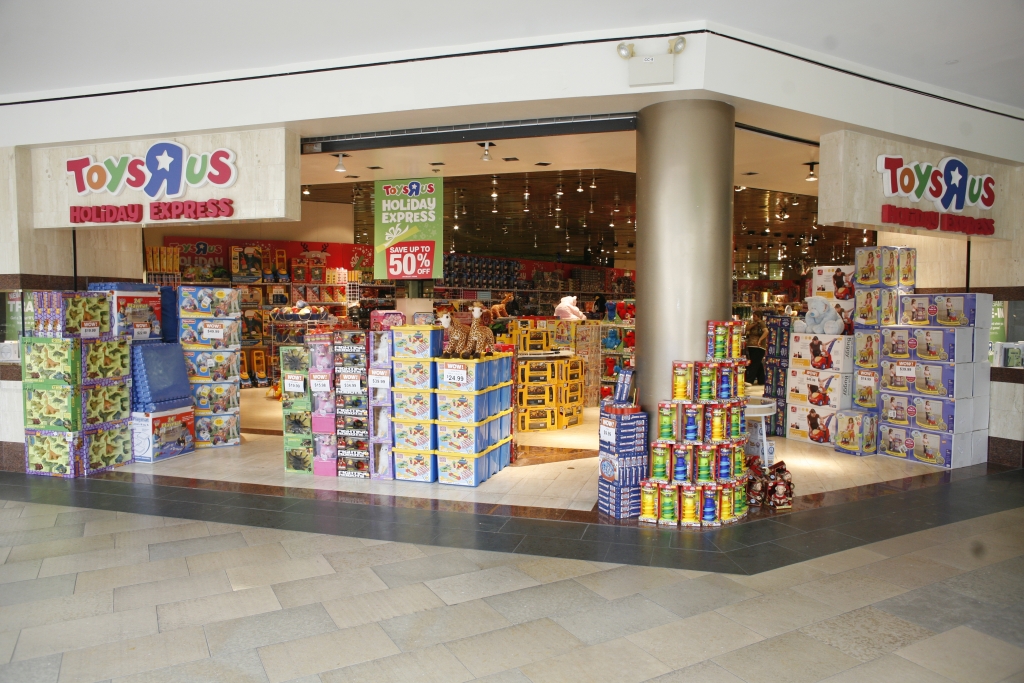
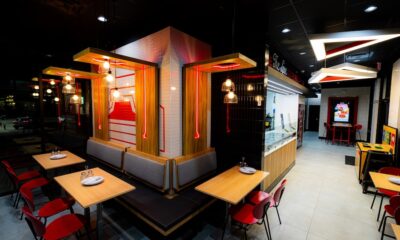
 Headlines1 week ago
Headlines1 week ago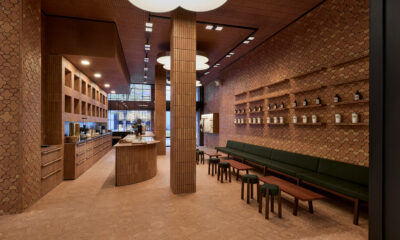
 John Ryan2 weeks ago
John Ryan2 weeks ago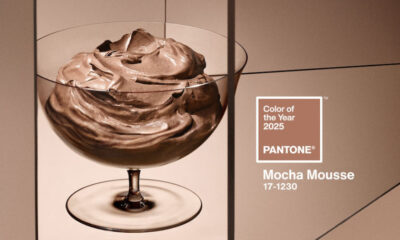
 Headlines7 days ago
Headlines7 days ago
 Headlines2 weeks ago
Headlines2 weeks ago
 Headlines1 week ago
Headlines1 week ago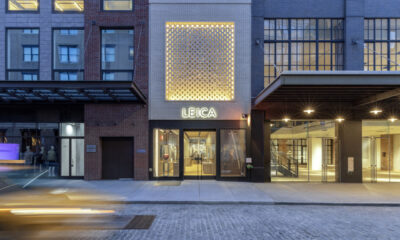
 Retail Buzz3 days ago
Retail Buzz3 days ago
 Headlines1 week ago
Headlines1 week ago
 Headlines1 week ago
Headlines1 week ago















